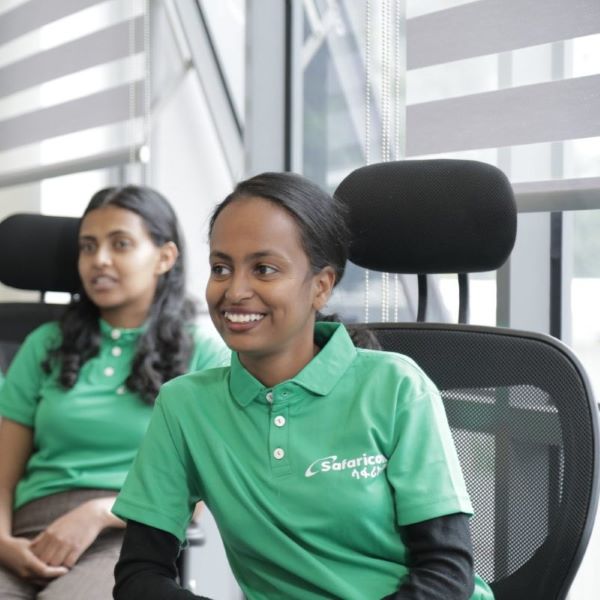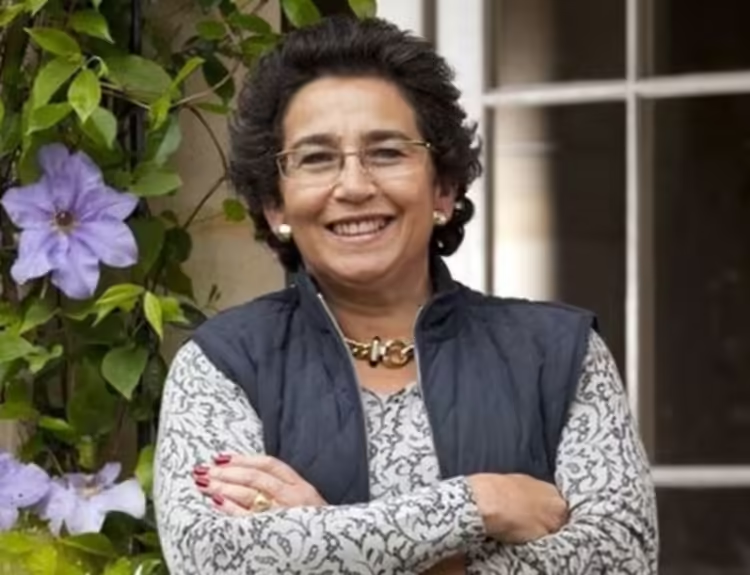In the space of mobile payments, one name stands out as a true pioneer and game-changer – M-Pesa.
Launched in Kenya in 2007 by Safaricom, the country’s leading telecommunications provider, M-Pesa has transformed the way people transact and conduct financial transactions across sub-Saharan Africa.
From its humble beginnings to its status as a payment’s behemoth, the journey of M-Pesa is a testament to innovation, perseverance, and the power of technology to drive socioeconomic change.
Contents
- The Birth of M-Pesa: A revolution in payments
- Timeline of milestones:
- Changing the payment landscape
- Key transactions over the years
- Safaricom’s continued bet on innovation
- The Southern Africa headache
- 1. Navigating regulatory complexities:
- 2. Cultural differences and market dynamics:
- 3. Competitive landscape and market saturation:
- Safaricom and Vodacom’s approach
- Looking ahead:
The Birth of M-Pesa: A revolution in payments
In March 2007, Safaricom, in collaboration with Vodafone, launched M-Pesa, a mobile money transfer service aimed at providing financial services to the unbanked and underserved population in Kenya.
Conceived by a team of thinkers and technologists, including Michael Joseph, the former CEO of Safaricom, M-Pesa sought to address the challenges of financial inclusion and accessibility by leveraging the ubiquity of mobile phones.
Timeline of milestones:
2007: M-Pesa is launched in Kenya, allowing users to send and receive money, pay bills, and access other financial services through their mobile phones.
2008: M-Pesa expands its services to include international remittances, enabling Kenyans living abroad to send money home to their families.
2010: M-Pesa introduces Lipa Na M-Pesa, a merchant payment service that allows businesses to accept payments from customers using their mobile phones.
2012: M-Pesa crosses the border into Tanzania, marking its first international expansion outside of Kenya.
2014: M-Pesa reaches 17 million users in Kenya, cementing its position as the country’s leading mobile money service provider.
2017: M-Pesa launches in Ghana, further expanding its footprint in sub-Saharan Africa.
2020: M-Pesa expands new features such as microloans and savings accounts, enhancing its suite of financial services for users.
Changing the payment landscape
Since its inception, M-Pesa has revolutionized the payments landscape in sub-Saharan Africa, empowering millions of people with access to financial services and opportunities for economic advancement.
The service has facilitated billions of transactions over the years, ranging from peer-to-peer transfers and bill payments to merchant transactions and international remittances.
Key transactions over the years
In 2019, M-Pesa processed over 11 billion transactions, equivalent to approximately 50 percent of Kenya’s GDP.
In Tanzania, M-Pesa accounted for over 40 percent of the country’s total mobile money transactions in 2022, demonstrating its widespread adoption and impact.
M-Pesa’s international remittance service has facilitated billions of dollars in transfers annually, providing a lifeline for families and communities across East Africa and beyond.
Safaricom’s continued bet on innovation
As Safaricom looks to the future, M-Pesa remains a cornerstone of its growth strategy, with plans to further expand its services and reach across sub-Saharan Africa.
The telco continues to invest in innovation and technology, exploring new opportunities such as digital lending, insurance, and wealth management to meet the evolving needs of its customers.
With the rise of digital payments and the increasing adoption of mobile technology, M-Pesa is poised to play an even greater role in driving financial inclusion and socioeconomic development in the region.
As Safaricom continues to innovate and expand its ecosystem of products and services, the journey of M-Pesa is far from over, with the potential to reshape the future of payments and banking in sub-Saharan Africa for generations to come.
From its humble beginnings to its status as a payments juggernaut, M-Pesa’s journey has reshaped the payments landscape in sub-Saharan Africa, empowering millions with access to financial services and opportunities for economic advancement.


The Southern Africa headache
While M-Pesa’s success story in East Africa has been nothing short of remarkable, its expansion into Southern African markets has been met with a different set of challenges and a slower pace of adoption.
Despite its proven track record and widespread popularity in countries like Kenya and Tanzania, M-Pesa’s journey in Southern Africa has been marked by cautious optimism, regulatory hurdles, and cultural differences that have shaped its trajectory in the region.
Here’s a closer look at M-Pesa’s slow adoption in Southern Africa and the factors influencing its progress.
One of the primary challenges M-Pesa has faced in Southern Africa is navigating the regulatory landscape, which varies significantly from country to country.
Unlike in East Africa, where regulators embraced mobile money as a tool for financial inclusion, Southern African governments have been more cautious in their approach, imposing stringent regulations and licensing requirements on mobile money operators.
2. Cultural differences and market dynamics:
Cultural differences and market dynamics also play a role in the slow adoption of M-Pesa in Southern Africa.
Unlike in East Africa, where mobile money has become deeply ingrained in everyday life, Southern African countries have their own payment systems and preferences, including traditional banking services and informal cash-based transactions.
Changing consumer behavior and perceptions requires time and investment in education and awareness campaigns to highlight the benefits of mobile money.
3. Competitive landscape and market saturation:
In some Southern African markets, M-Pesa faces stiff competition from established players in the financial services sector, including banks and other mobile money operators.
This competitive landscape, coupled with market saturation in certain areas, presents challenges for M-Pesa to differentiate itself and gain traction among consumers.
In countries where alternative payment platforms are already well-established, M-Pesa must offer compelling value propositions and incentives to attract users.
In South Africa, M-Pesa faced an uphill battle against established banking institutions and mobile money operators, leading to its withdrawal from the market in 2016 due to low adoption rates and limited growth opportunities.
Vodacom South Africa, which owns a stake in Kenya’s Safaricom, launched the money service in 2010 and hoped to hit 10 million users by 2015. By 2016, it had only one million registered users and only 76,000 active accounts.
In Zimbabwe, M-Pesa’s entry into the market faced delays and regulatory hurdles, hindering its ability to establish a foothold and compete effectively against local mobile money platforms.
Safaricom and Vodacom’s approach
Despite the challenges encountered in Southern Africa, Safaricom and its shareholders including Vodacom remain committed to expanding M-Pesa’s presence in the region, albeit at a measured pace.
The company continues to explore opportunities for partnerships and collaborations with local stakeholders, governments, and regulators to overcome barriers to entry and drive adoption of mobile money services.
Looking ahead:
As M-Pesa continues its journey in Southern Africa, the road ahead may be long and challenging, but the potential for growth and impact remains significant.
With strategic investments, partnerships, and a deep understanding of local market dynamics, M-Pesa has the opportunity to overcome barriers to adoption and establish itself as a leading mobile money provider in the region.






